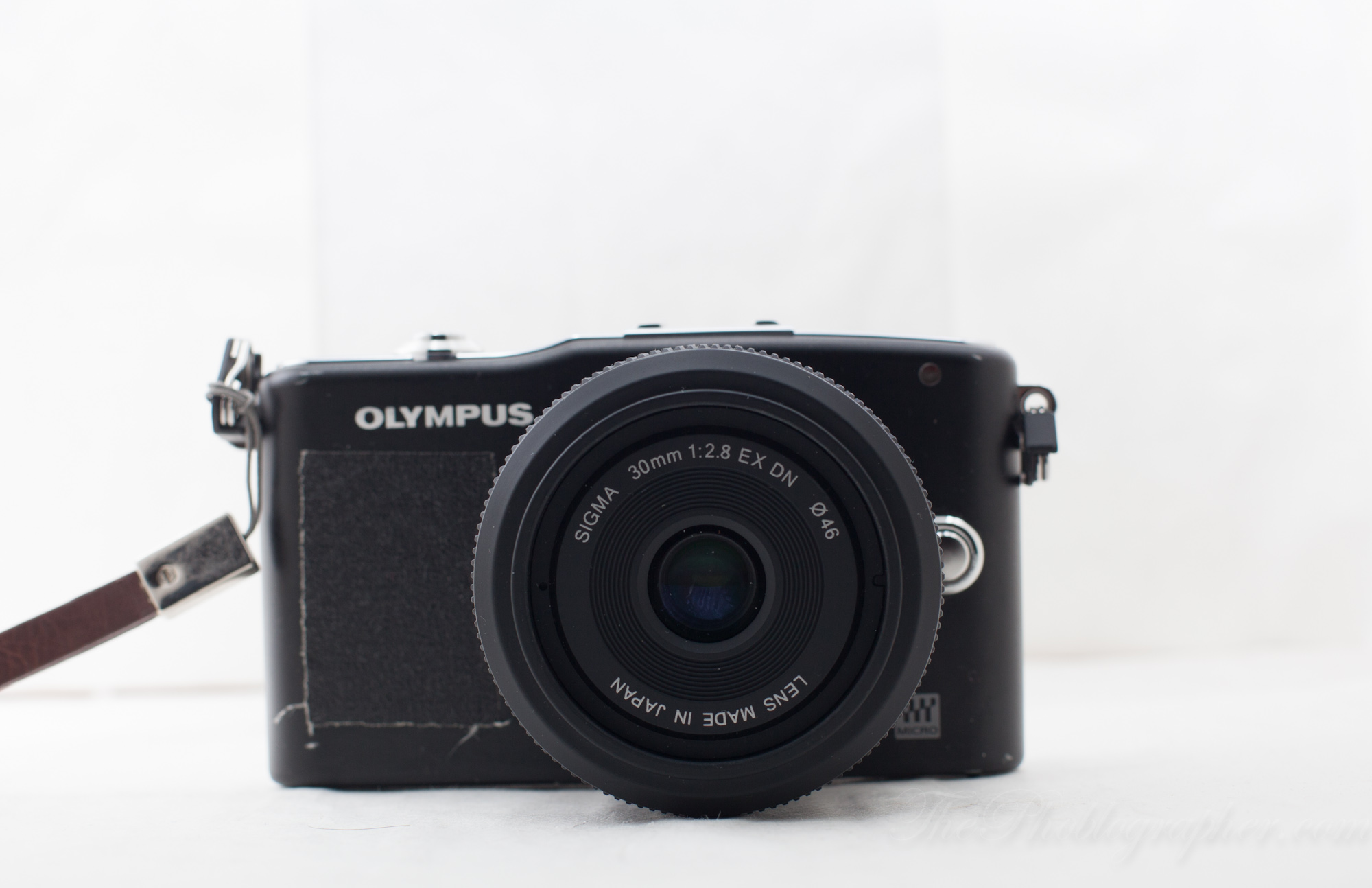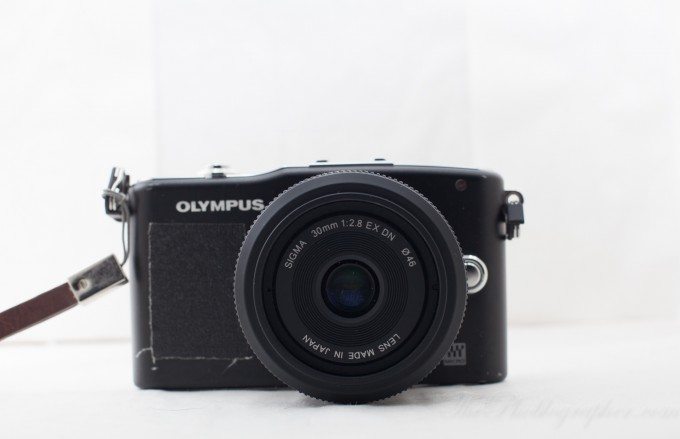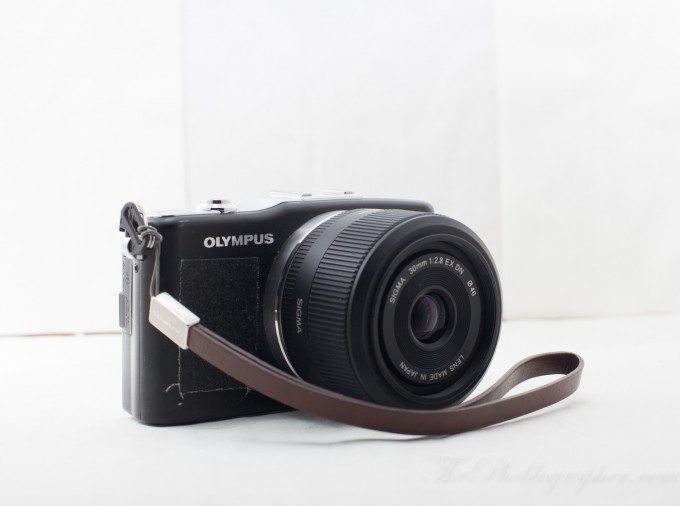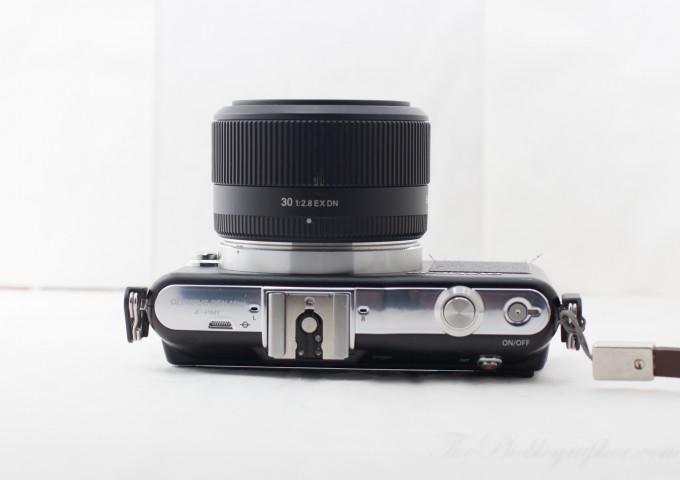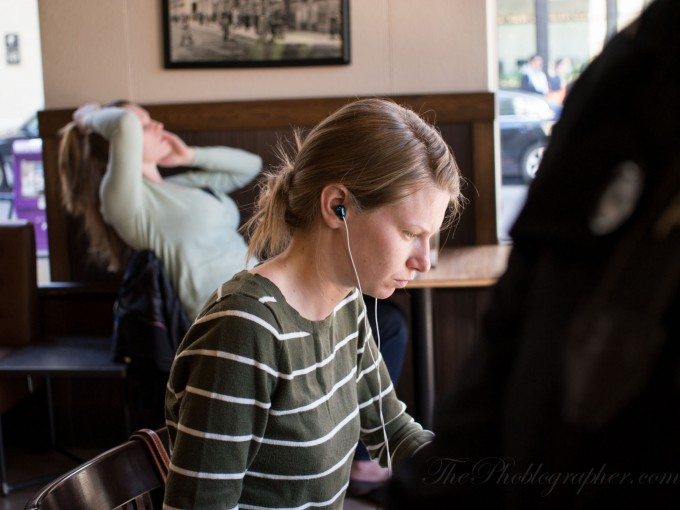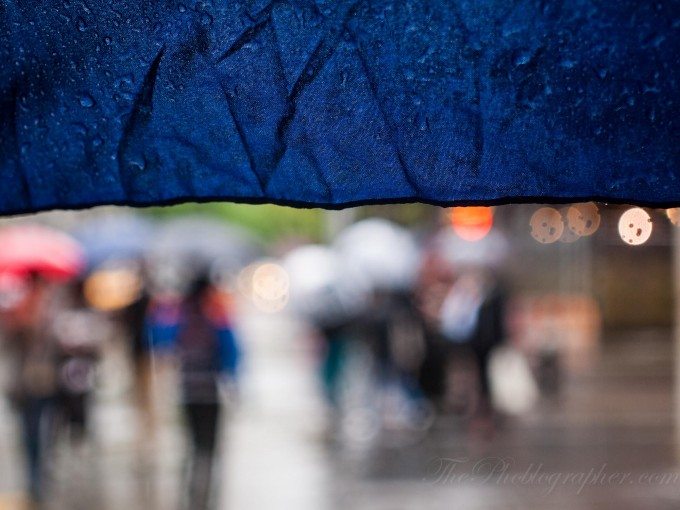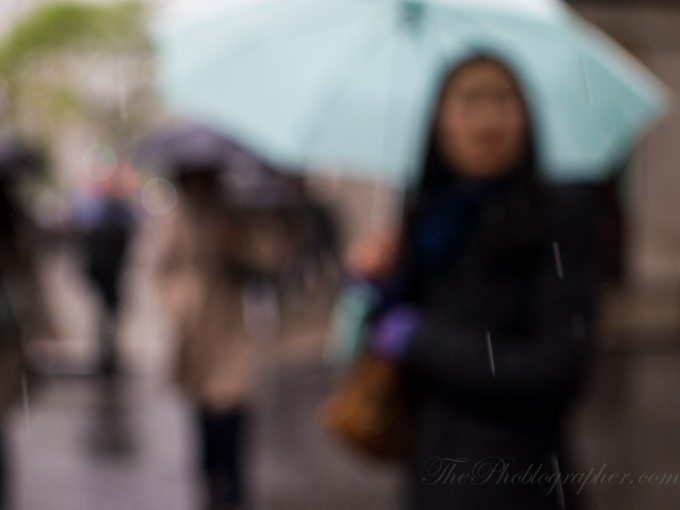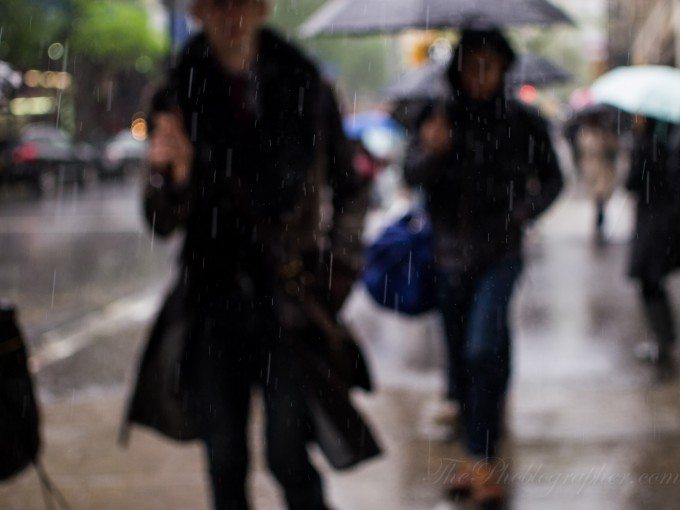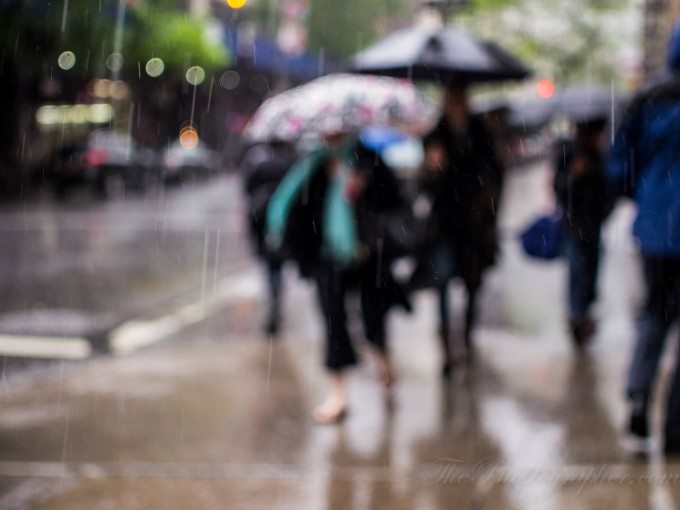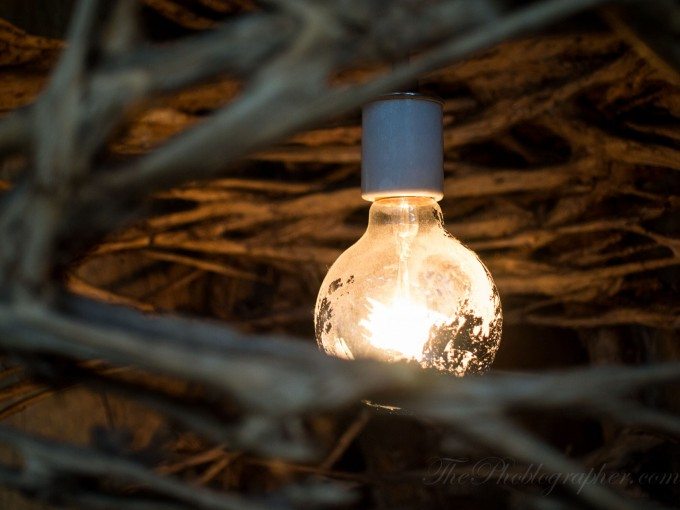Last Updated on 10/28/2012 by Chris Gampat
I’ve been using the Sigma 30mm f2.8 EX lens for Micro Four Thirds for almost a month. Like its brother, the 19mm f2.8 EX, it heralds as one of the most important announcements in the recent history of the system due to the fact that it is the first time that a major third party manufacturer has stepped into lens development for the newer mirrorless systems.
Its use has been one of the most interesting experiences I’ve had as a reviewer. To catch up to speed, check out our hands on review and our preview video.
Editor’s Update 10/28/2012: After using later versions of the lens, I have come to the conclusion that the units I was initially sent were slightly problematic. The lens elements only jiggle a bit because of the autofocus motor and during my review, the elements still jiggled around and the focusing was still a bit problematic after multiple autofocusing attempts. With firmware updates that came after the review was published, the latter problem was fixed. Additionally, the elements aren’t supposed to jiggle when electronic contact is made. After trying later versions of the lenses, this problem has indeed been fixed even after focusing confirmation. Additionally, you shouldn’t be shaking your lens around like a martini shaker to begin with.
Gear Used
Tech Specs
Specs borrowed from the B&H Photo listing of the lens.
| Features | |
|---|---|
| Autofocus | Yes |
| Physical | |
|---|---|
| Filter Thread | Front: 46 mm |
| Dimensions (DxL) | Approx. 2.39 x 1.52″ (60.6 x 38.6 mm) |
| Weight | 4.76 oz (135 g) |
Demo Video
Ergonomics
The Sigma 30mm f2.8 EX isn’t the smallest of lenses, but it also is not the largest of lenses out there. It is much smaller than any Micro Four Thirds zoom, but this is understandable by the fact that it is both a 30mm prime lens and also an f2.8. If it were any faster, it potentially would be larger.
The lens is characterized by a smooth finish and a large focusing ring that proves to be an excellent place to grip onto during shooting.
On a camera like a Micro Four Thirds, the user ends up getting a 60mm field of view due to the crop factor. This is a bit more beyond the normal field of view (around 50mm) and a little wider than portrait focal lengths.
To be very honest, this makes the lens a little bit of an odd man out.
Autofocusing
As I’ve stated in previous posts on this lens, it focuses very quickly and very accurately. The photo above is out of focus because of my negligence to switch the camera into tracking AF mode. But otherwise, it is a super fast performer along with its brother, the 19mm f2.8. Granted, neither lens can catch up to Olympus’s MSC lenses.
During my review period, I experienced a critical problem that could not be rectified. I would often try to focus on an area and then not take a photo because the lens didn’t focus on the particular area that I wanted. So I would need to refocus. After repeating this over and over, the lens would not allow the camera to fire.
I would then turn the camera off and turn it back on and would get a lens error message.
Then I would take the lens off, put it back on, turn the camera back on, and still get the message.
The only way that I corrected the issue was by shaking the lens: which then resulted in my hearing the elements move around quite a bit. This effectively seemed to reset the lens.
Granted, no lens should ever suffer from this issue.
Color Rendition
Of any Micro Four Thirds lens that I’ve used, I need to give it to this one. The 30mm f2.8 EX renders skin tones even better than the 45mm f1.8. The tones are warmer and the lens is pretty much on par with the sharpness of the 45mm as well. Once again, like its brother the 19mm f2.8 EX, images tend to be rendered much like well developed Kodak Portra and they don’t often need much color correction at all.
Indeed, of any lens that I’ve reviewed so far, the 30mm f2.8 EX trumps all when it comes to skin tones.
That isn’t all though: the overall quality of the lens is just spectacular as well. All colors tend to be rendered very well.
Image Quality
Of the two Sigma lenses, this one renders perhaps some of the best bokeh I’ve seen of any Micro Four Thirds lens. In fact, it even seems like Sigma might have added a bit of micro-contrast into the lens.
Here are some other shots featuring bokeh, which were mostly out of focus due to the lens trying to focus instead on rain droplets. Despite the fact that they were out of focus, the images it created were absolutely beautiful.
And that’s what photography is about at the end of the day: beautiful images. Not pixel peeping.
In the end, everyone will remember the image; not the way you shot it or how you chose your settings.
Sharpness
A factor that needs to absolutely be stated: this lens is tack sharp. It is about on par with its 19mm sibling. However, it is more emphasized due to the longer focal length.
Mix the fact that this lens can also focus super closely and you’ll have yourself a portrait and bokehlicious winner.
Ease of Use
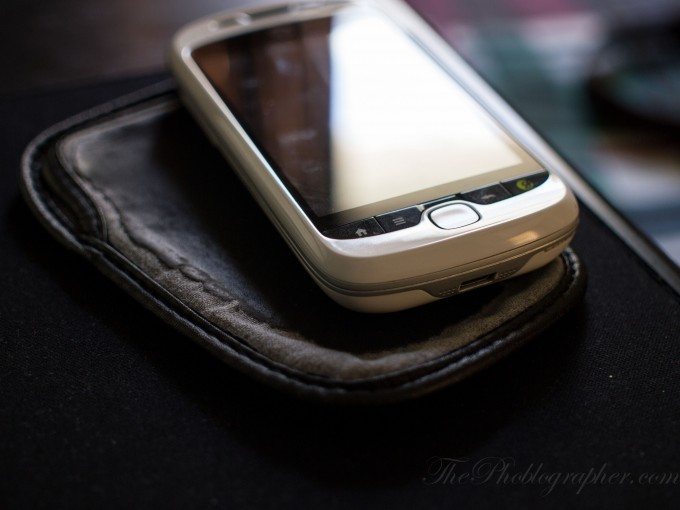
There really isn’t much to this lens besides literally pointing and shooting it. There are no switches on it for one to change it from AF to MF modes, so you’ll need to do that in the camera.
As long as you don’t need to focus over and over again, you’ll have no problems using this lens. Otherwise, you’ll run into the same errors that I did.
Conclusion
This lens has so much going for it. It is super sharp, has excellent color rendition, focuses quickly, and is a fun focal length to use providing you can get used to it. But there are issues with it: such as the fact that it slows down the camera’s start up time and also has focusing issues at times.
Because of this, I can’t recommend it yet. If Sigma releases a firmware update to correct the issue, then we’ll have a no-brainer winner.
Please Support The Phoblographer
We love to bring you guys the latest and greatest news and gear related stuff. However, we can’t keep doing that unless we have your continued support. If you would like to purchase any of the items mentioned, please do so by clicking our links first and then purchasing the items as we then get a small portion of the sale to help run the website.


